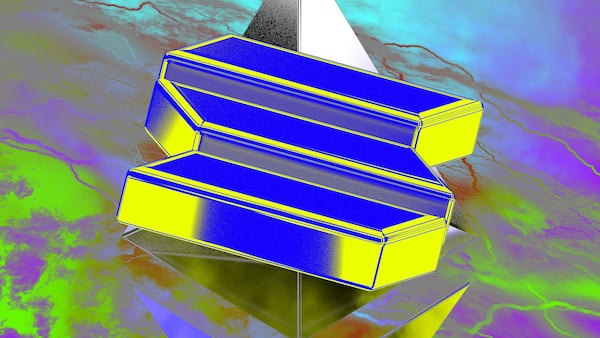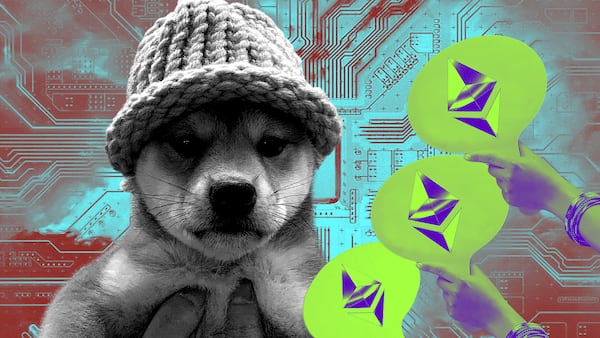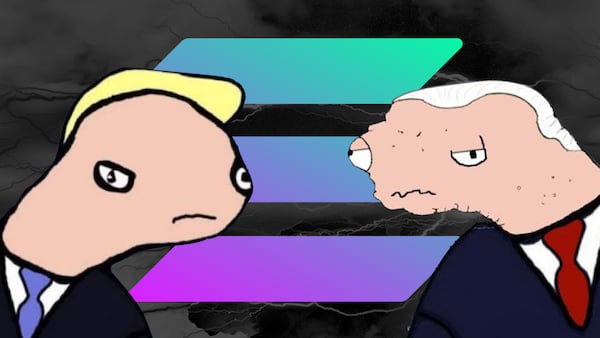- Solana transactions have failed 70% of the time, at least since mid-March.
- Most of the failed transactions are from trading bots.
- Transactions from real users often fail due to slippage.
Update, March 22: A previous headline for this story, “And that’s fine, says executive,” has been changed due to misattribution of sentiment.
Solana, the industry’s go-to blockchain for memecoin speculation of late, has seen 70% of its transactions fail this past month.
That’s according to data from this Dune dashboard, which shows that, on average, most non-voting Solana transactions failed since February 22.
Non-voting transactions are user transactions that usually involve sending Solana tokens across accounts or smart contracts.
They differ from voting transactions, which are by validators — network participants who stake Solana to secure the blockchain and process transactions in exchange for a share of the fees.
“The failed transactions are mostly always bots,” Mert Mumtaz, CEO of Solana infrastructure provider Helius Labs, told DL News.
Traders use bots to automate their trading strategies.
“This has always been how Solana has worked since day one, so there’s no difference in user experience.”
— Helius Labs CEO, Mert Mumtaz
In fact, for organic users — those who aren’t automating their trades — failed transactions can be attributed to one culprit, slippage, Mumtaz explained.
Slippage occurs when the value of a trade changes between its execution and when a trader receives their tokens. This can be a costly expense, especially when trading low-liquidity memecoins.
Traders often have to raise slippage limits to accommodate price swings that occur while their trading orders are finalised on the blockchain. Transaction failure can happen in instances where the price swing exceeds the slippage limit.
Failed transactions, no problem
Mumtaz argued that Solana’s fail rate issue was being misrepresented as a problem.
“A failed transaction means that the network processed the transaction successfully — it paid fees, made state changes, and went through the same pipelines — but the app developer specifically made it ‘revert’ on purpose,” Mumtaz said.
“This has always been how Solana has worked since day one, so there’s no difference in user experience,” Mumtaz said, adding that the solution to the issue was “pretty simple.”
“You just want to make it so that spamming the chain isn’t as viable economically and also you want to incentivise block packers to include more successful transactions so they can maximise their revenue.”
Solana activity booming
Indeed, the high fail rate doesn’t appear to have dampened enthusiasm among traders, with Solana experiencing greater user volume than Ethereum.
This expanding user activity comes as 20,000 tokens are being launched on the blockchain daily, according to Solana explorer SolanaFM.
Crypto bridge protocol deBridge crossed $1 billion in user volume on Friday, and over half of that figure was traded through Solana. The platform noted that about a third of that sum has been bridged from other networks to Solana.
While the transaction might not be a problem for the everyday user, Solana still experiences repeated outages and degraded performance.
Meanwhile, Ethereum layer 2 networks, seen as rivals to Solana for their low network fees, have become even cheaper to use since Ethereum’s latest Dencun upgrade.
Osato Avan-Nomayo is our Nigeria-based DeFi correspondent. He covers DeFi and tech. To share tips or information about stories, please contact him at osato@dlnews.com.







